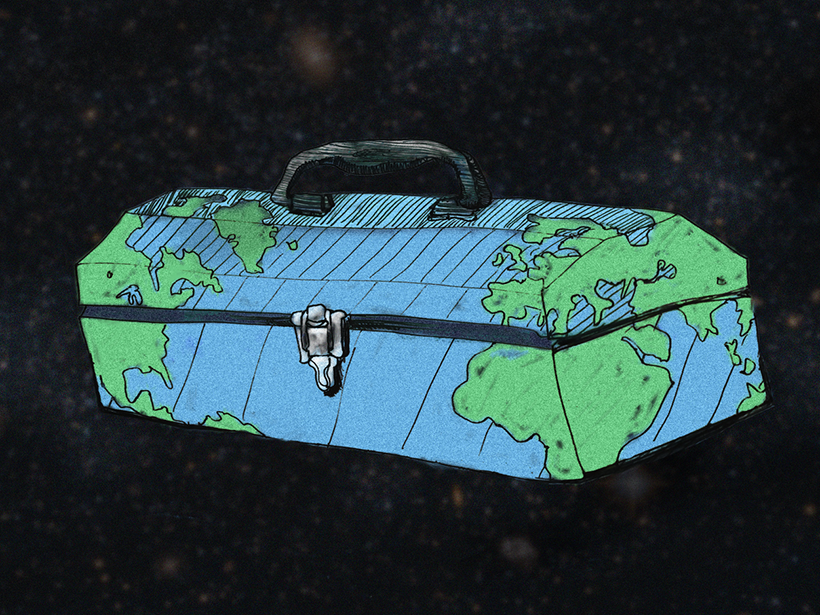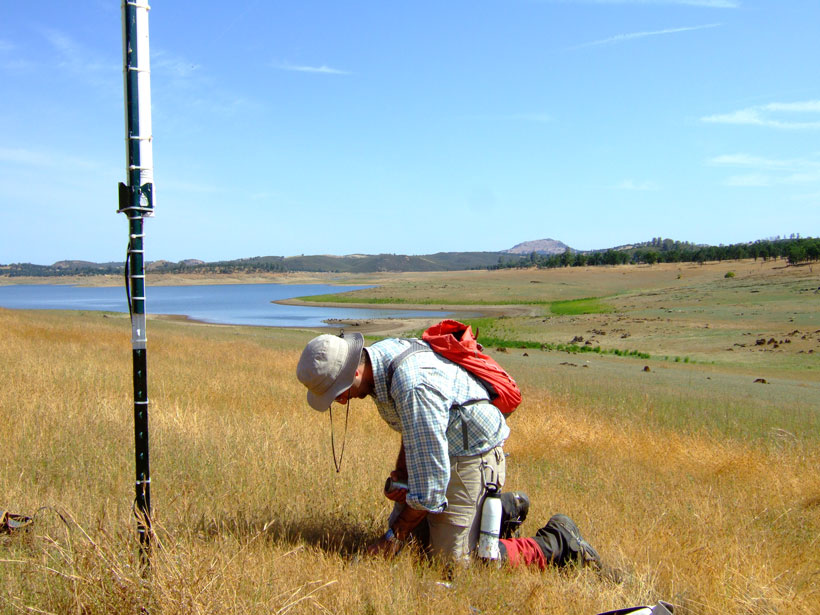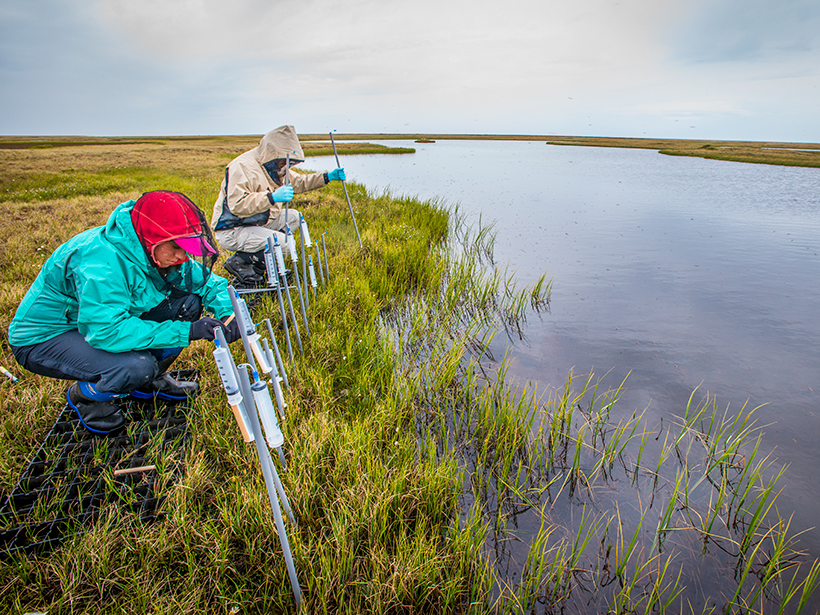Building well-documented, citable frameworks for Earth data analysis will encourage scientific replicability by addressing the underlying issues that inhibit code sharing.
data management
Soil Moisture Data Sets Become Fertile Ground for Applications
An integrated data platform harmonizes many disparate soil moisture data sets to better inform disaster response planners, climate scientists and meteorologists, farmers, and others.
Stress Testing for Climate Impacts with “Synthetic Storms”
How well would your city weather a hurricane? Digitally “moving” past storms to new locations simulates the effects of extreme weather events on local infrastructure.
Launching an Accessible Archive of Environmental Data
A new digital archive enables community use of terrestrial and subsurface ecosystem data sets.
Evaluating the Efficiency of Data Assimilation
Information is lost when researchers combine statistical models and remote sensing data, but just how much is often unclear. A new study offers a framework to measure the inefficiency.
Taking Magnetotelluric Data out of the Drawer
Magnetic and electric field measurements at Earth’s surface provide information on Earth’s interior and on space weather. An open-source central repository of these data has received a major update.
Google Trends Could Help Scientists Track Allergy Season
Admit it: When your nose starts to run and your eyes itch, you search Google, too.
Recognizing an Architect of the Age of Informatics
A look back at the life of Greg Leptoukh, pioneer of informatics, and a look ahead to the field’s future through the annual lecture at AGU’s Fall Meeting 2018 dedicated to Leptoukh.
The ILAMB System for Benchmarking Land Surface Models
An evolving set of tools helps land surface model developers optimize the realism of their parameterizations for the next generation of weather and climate models.
Deep Floats Reveal Complex Ocean Circulation Patterns
Acoustically tracked floats drift far below the ocean’s surface, providing fresh discoveries about deep-sea currents. A new archive gathers decades’ worth of float data into a central repository.










